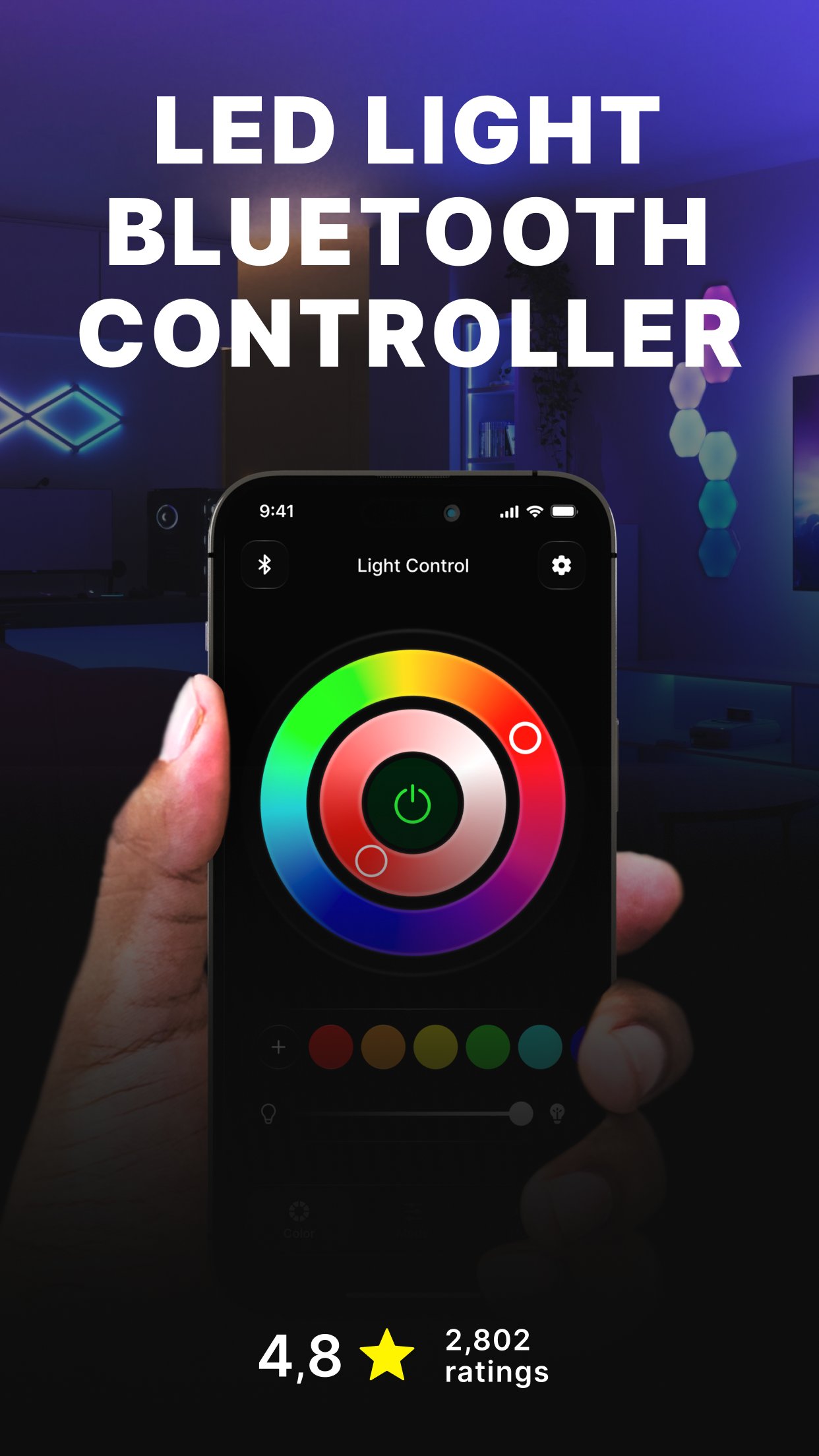Smart Led Light Strip Remote: Comprehensive Multi-Brand Lighting Control
by Ivar Knutsen
A unified iOS application enabling centralized control for 16+ smart LED light brands. Designed for users managing multiple lighting ecosystems who seek streamlined operation through a single interface.
Detailed Review
The Smart Led Light Strip Remote app positions itself as a comprehensive control solution for users invested in smart lighting ecosystems across multiple brands. Developed by Ivar Knutsen, this iOS application attempts to solve the fragmentation problem in smart lighting by providing a unified interface for brands ranging from Philips Hue and Govee to lesser-known options like Tenmiro and Mohuaan. Its core proposition centers on eliminating the need for multiple dedicated applications, instead offering centralized management through Bluetooth connectivity.
The application's functionality revolves around its brand-agnostic approach, supporting an extensive list of manufacturers that covers most major market players. Users can adjust brightness levels, color temperatures, and RGB color settings across different device types simultaneously. The app employs standardized control protocols that work across compatible devices, though specific advanced features unique to individual brands may not be fully replicated. Connectivity is established through Bluetooth pairing, with persistent device recognition for subsequent uses.
User experience is characterized by a minimalist interface prioritizing quick access to fundamental controls. The layout groups devices by room or category, with swipe gestures enabling rapid adjustments. Real-world usage patterns indicate most users employ the app for creating lighting scenes that span multiple brands, such as synchronizing Philips Hue bulbs with Govee light strips for cohesive ambient lighting. The absence of complex automation features positions it primarily as a manual control tool rather than a comprehensive smart home platform.
User feedback trends reveal appreciation for the multi-brand support while highlighting monetization concerns. The November 2024 review from Sia baby exemplifies this dichotomy, stating 'I would love it more if I didn't have to pay,' suggesting potential paywalls for certain features. This sentiment appears consistently across recent evaluations, indicating that while the core functionality receives praise, the implementation of premium features may impact perceived value.
The application's primary strength lies in its extensive compatibility list, though this breadth comes with limitations in depth of control for brand-specific features. It serves best as a supplementary control option rather than a replacement for dedicated manufacturer applications, particularly for users who prioritize cross-brand synchronization over advanced individual device customization. The app represents a viable solution for casual users with mixed lighting ecosystems but may disappoint those seeking deep integration with specific premium brands.
Key Features
- •Multi-brand compatibility supporting 16+ manufacturers including Philips Hue, Govee, and Nanoleaf, eliminating the need for multiple dedicated apps
- •Unified device grouping enabling simultaneous control of mixed-brand lighting setups through room-based organization
- •Color synchronization across different device types maintaining consistent hues and brightness levels throughout connected spaces
- •Bluetooth-based connectivity providing wireless control without requiring additional hub hardware for compatible devices
- •Preset lighting scenes offering one-touch activation of customized configurations across mixed-brand ecosystems
Why Users Love It
Extensive brand compatibility
Streamlined unified interface
Perfect for: Users with multiple smart light brands seeking centralized control
Screenshots




User Reviews
Sia baby
Nov 20, 2024★★★★★
I love I would love it more if I didn’t have to pay Hey I love I would love it more if I didn’t have to pay
App Details
Developer
Ivar Knutsen
Platform
iosRating
★4.5
Last Updated
9/7/2025